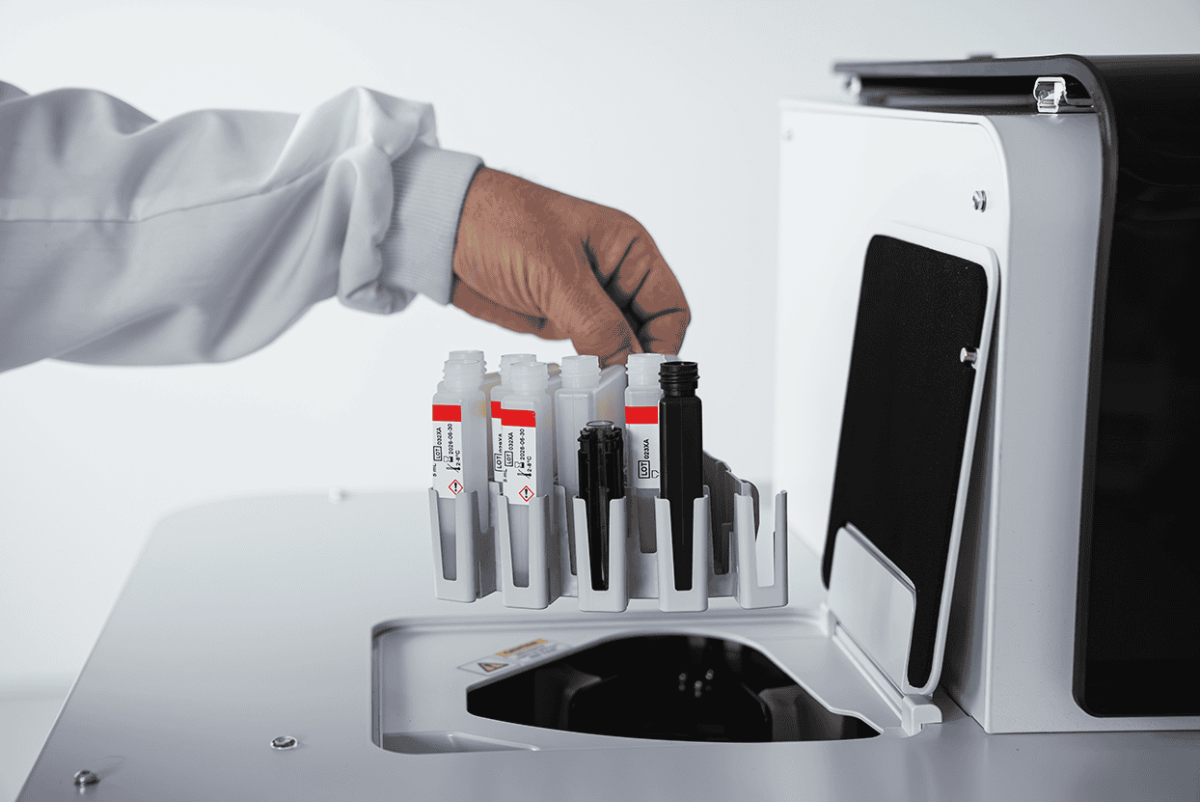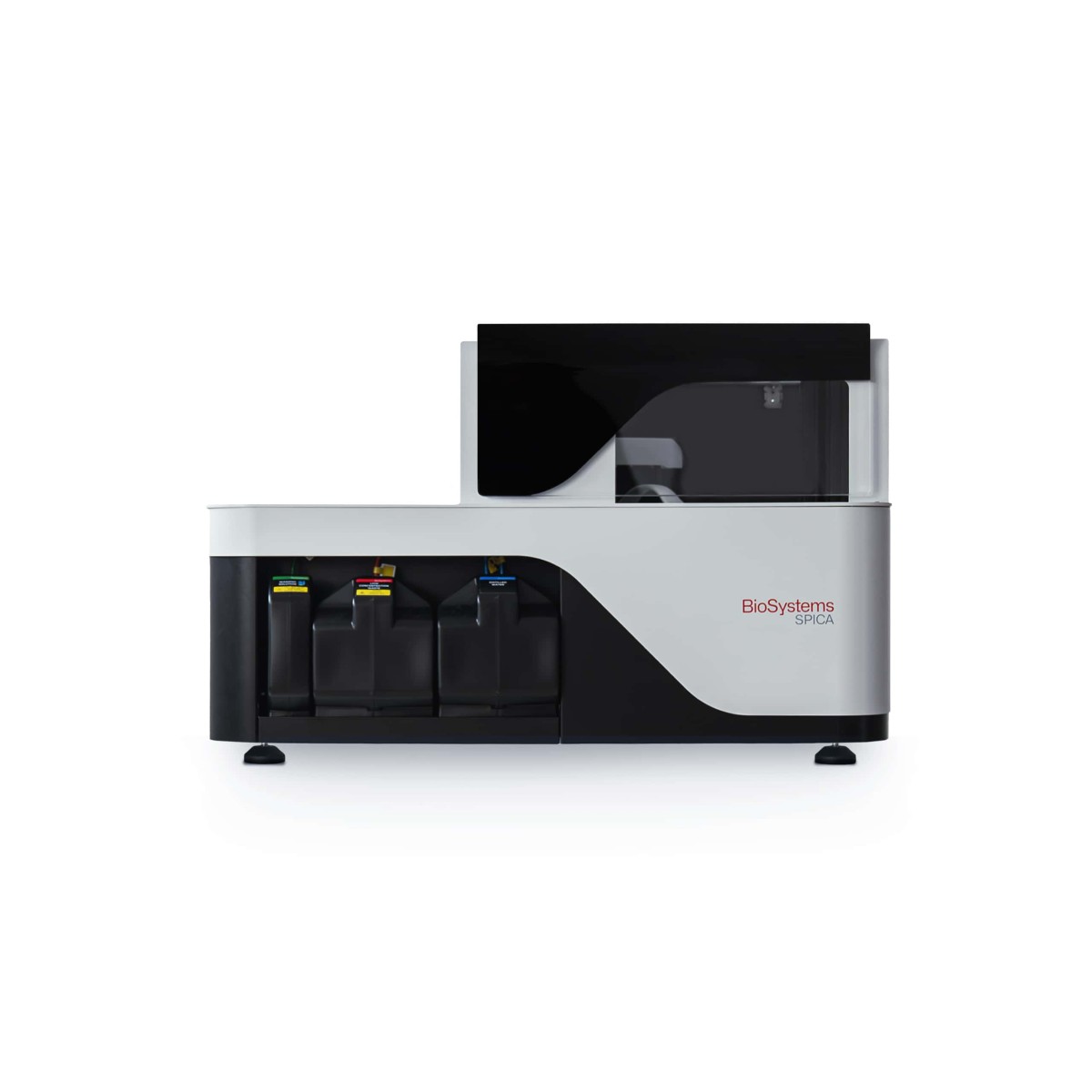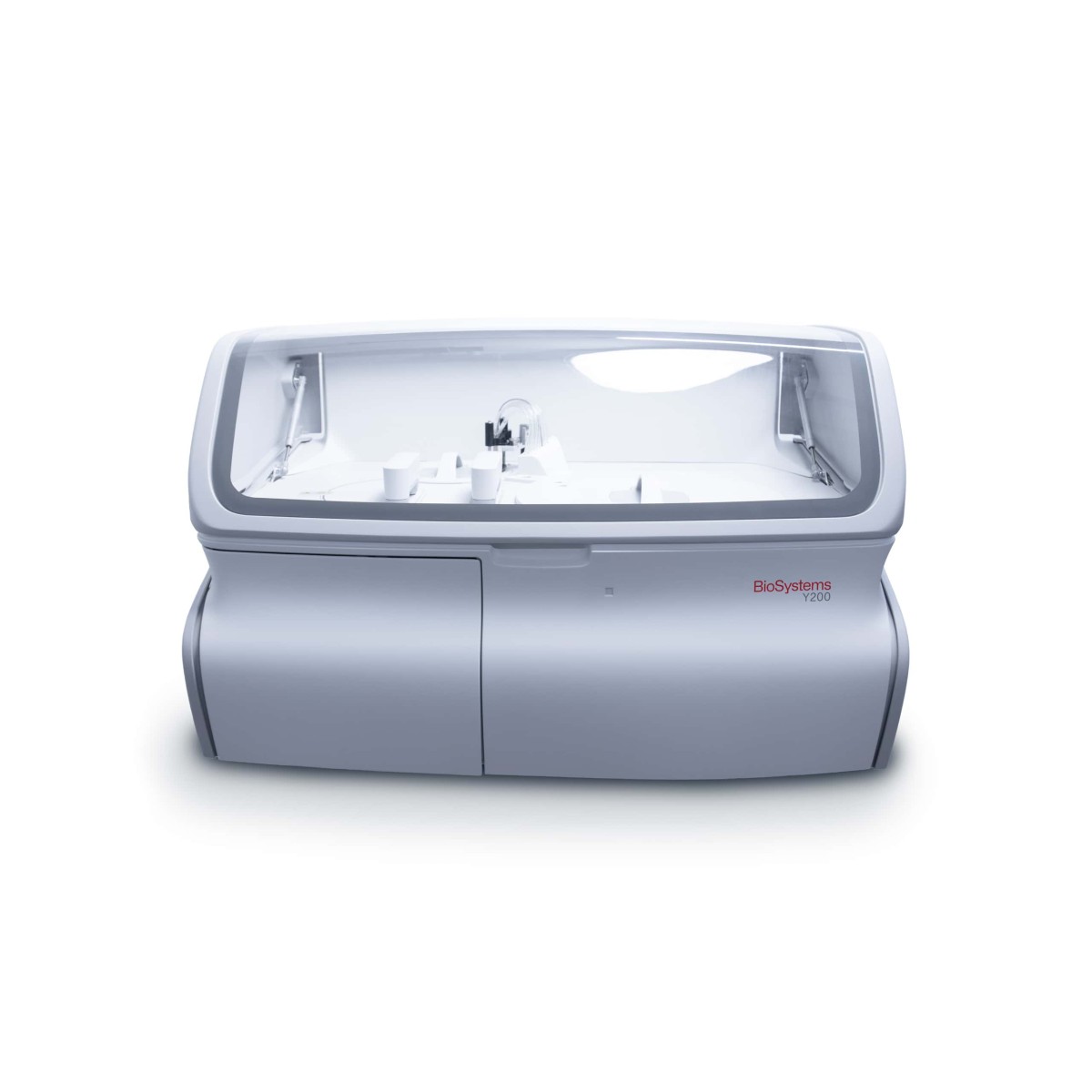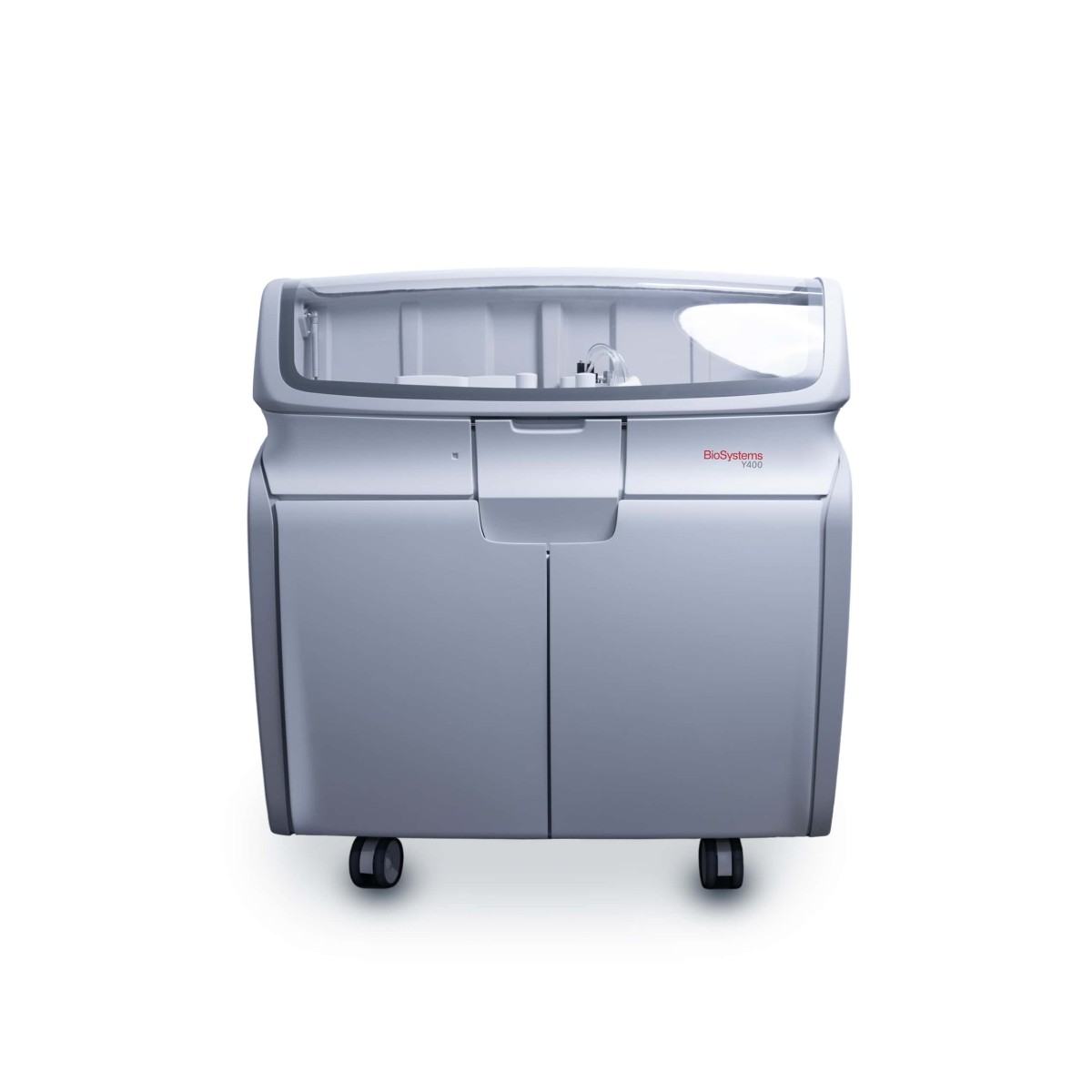Ochratoxin A (OTA) is a mycotoxin produced by certain fungi from various genus and species that occur in nature. These fungi can develop their activity in crops such as cereals, coffee, or vineyards under ideal conditions of moisture and temperature.
- About
- Solutions
-
Clinical Analysis
-
Biochemistry Systems
-
If you are interested in our solutions for Clinical Analysis, you can learn more on our Global website and reach out to us with your needs. Visit our Global Website
-
Autoimmunity Systems
-
If you are interested in our solutions for Clinical Analysis, you can learn more on our Global website and reach out to us with your needs. Visit our Global Website
-
-
Veterinary Analysis
-
Biochemistry Systems
-
If you are interested in our solutions for Clinical Analysis, you can learn more on our Global website and reach out to us with your needs. Visit our Global Website
-
Vector-borne Diseases Systems
-
If you are interested in our solutions for Clinical Analysis, you can learn more on our Global website and reach out to us with your needs. Visit our Global Website
-
-
Food & Beverage Analysis
-
Environmental Analysis
-
Bioprocess Analysis
-
- Discover
- Contact
- Resources








1.thigh.jpg)

